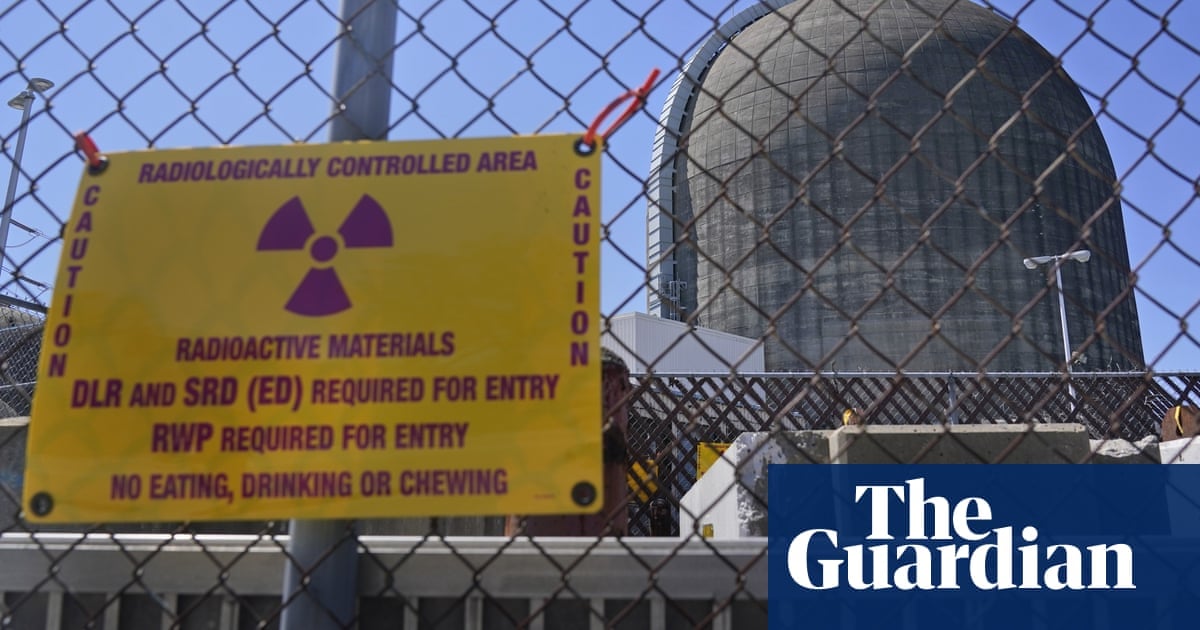Shuttering of New York facility raises awkward climate crisis questions as gas – not renewables – fills gap in power generation
When New York’s deteriorating and unloved Indian Point nuclear plant finally shuttered in 2021, its demise was met with delight from environmentalists who had long demanded it be scrapped.
But there has been a sting in the tail – since the closure, New York’s greenhouse gas emissions have gone up.
Castigated for its impact upon the surrounding environment and feared for its potential to unleash disaster close to the heart of New York City, Indian Point nevertheless supplied a large chunk of the state’s carbon-free electricity.
Since the plant’s closure, it has been gas, rather then clean energy such as solar and wind, that has filled the void, leaving New York City in the embarrassing situation of seeing its planet-heating emissions jump in recent years to the point its power grid is now dirtier than Texas’s, as well as the US average.



The reason waste isn’t being brought up is because modern designs do not produce nearly as much waste, and much safer waste, than previous technologies. Breeder reactors are able to produce more fissile material than they consume, and produce only waste products that have short half lives (less than 100 years). This is a long time from human perspectives, but it means that we do not have to design functionally indefinite storage for these materials any longer.
https://en.wikipedia.org/wiki/Generation_IV_reactor
https://en.wikipedia.org/wiki/Breeder_reactor
Fascinating, In your first link it mentions hundreds of years which is itself is a great improvement. But it also cautions of a lot of people’s fears.
“Nuclear engineer David Lochbaum cautions, “the problem with new reactors and accidents is twofold: scenarios arise that are impossible to plan for in simulations; and humans make mistakes”.[49] As one director of a U.S. research laboratory put it, “fabrication, construction, operation, and maintenance of new reactors will face a steep learning curve: advanced technologies will have a heightened risk of accidents and mistakes. The technology may be proven, but people are not”.”